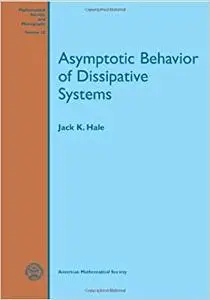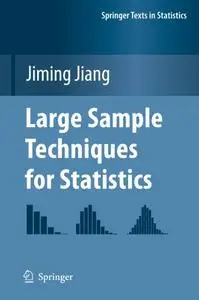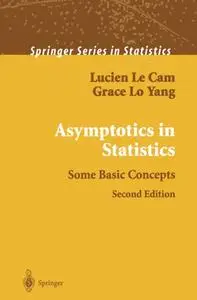Statistical Estimation: Asymptotic Theory by I. A. Ibragimov
English | PDF | 1981 | 410 Pages | ISBN : 0387905235 | 32.4 MB
when certain parameters in the problem tend to limiting values (for example, when the sample size increases indefinitely, the intensity of the noise ap proaches zero, etc.) To address the problem of asymptotically optimal estimators consider the following important case. Let X 1, X 2, … , X n be independent observations with the joint probability density !(x,O)





